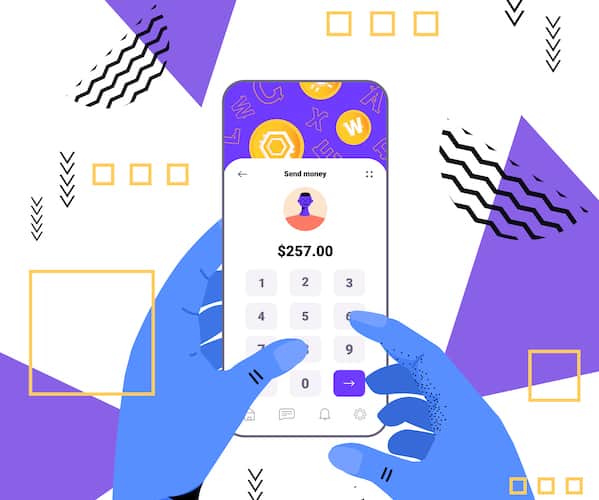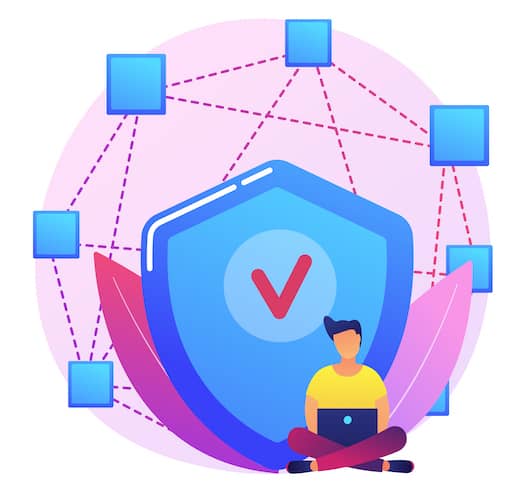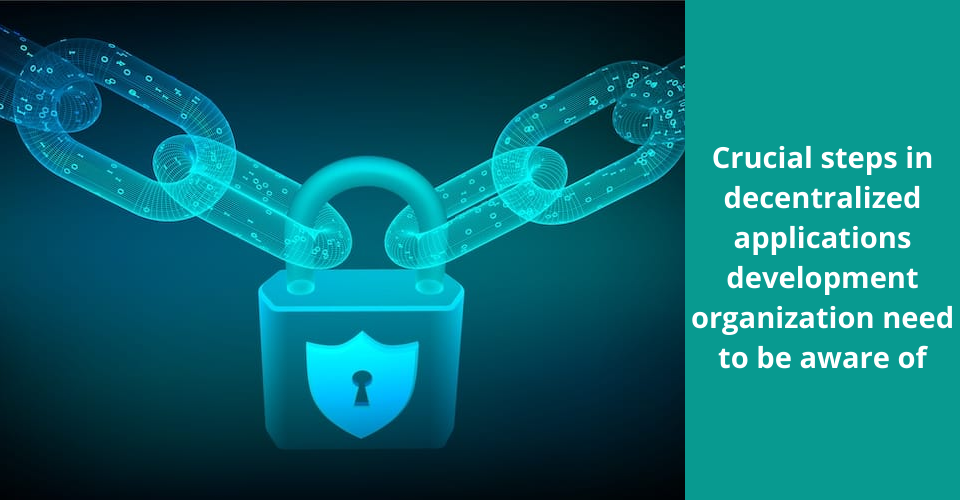Decentralized applications work on P2P (peer-to-peer) networks referred to as blockchains, with the absence of central servers. Their operation is subject to the blockchain consensus mechanism and a central authority is unnecessary. Here, we will reflect on crucial steps in decentralized applications development organizations need to be aware of.
1: DEVELOP A SMART CONTRACT
One or a combination of smart contracts is where requires your attention to your decentralized application’s decentralized logic. What action do you desire this application to carry out automatically, based on the blockchain consensus? Indeed, be it an algorithm computation chain or straightforward transactions, every one of the auto-running features will necessarily be in smart contracts.
2: CREATE FRONT ENDS

Undoubtedly, decentralized applications development without involving the development process of the “normal” user-facing mobile application is impossible. On this note, “normal” implies that it had better not appear significantly different from other applications you use daily. To deliver an appealing UX, you should begin with a prototype:
- high-fidelity UI
- low-fidelity UI
- user testing
- empowering the UX/ UI by relying on the reviews
Also, you can consider having a kind of animation ìntegrated on the front end to notify users that there has been no verification of their actions yet (they are still in progress).
3: BUILD A CENTRALIZED BACK END DURING DECENTRALIZED APPLICATIONS DEVELOPMENT
Suppose you plan to develop Ethereum decentralized applications that need huge data storage. In such cases, a private server web solution is necessary. This sort of admin portal shall pair with front-end apps plus smart contracts for customers to give extra features to you as the proprietor of a business (to manage your decentralized applications) and users.
4: TAKING STRICT TESTING

As is the case with any other application building project, you need to test your decentralized application as soon as you can at the decentralized applications development stage. It is a must for all the new builds to experience a comprehensive quality assurance process. Please bear in mind that the front-end application testing is somewhat a standardized process, but testing smart contracts is slightly special in that verifying its capability with a Testnet is necessary. If not, as soon as you have deployed your smart contract onto the main network like the Ethereum blockchain, you cannot make modifications to it anymore.
5: WORK ON DEPLOYMENT & MAINTAINANCE
The last step in decentralized applications development you need to be aware of is deploying the application. This entails moving mobile applications to Google Play and App Store, pushing the back-end portal live, and including a smart contract in the blockchain. Speaking of maintenance, you should know it is a continuing process. While your smart contract will still be as a blockchain application with immunity to changes, updating stuff on the front end is necessary.
In conclusion, we hope that you are now more aware of crucial steps in decentralized applications development. But on the other hand, if you are still looking for some support, feel free to contact SmartOCS now to receive helpful guidelines.
Contact us if you have any queries about Blockchain development services, dApps development, NFT marketplace development, Crypto wallet development, Smart contracts development.

